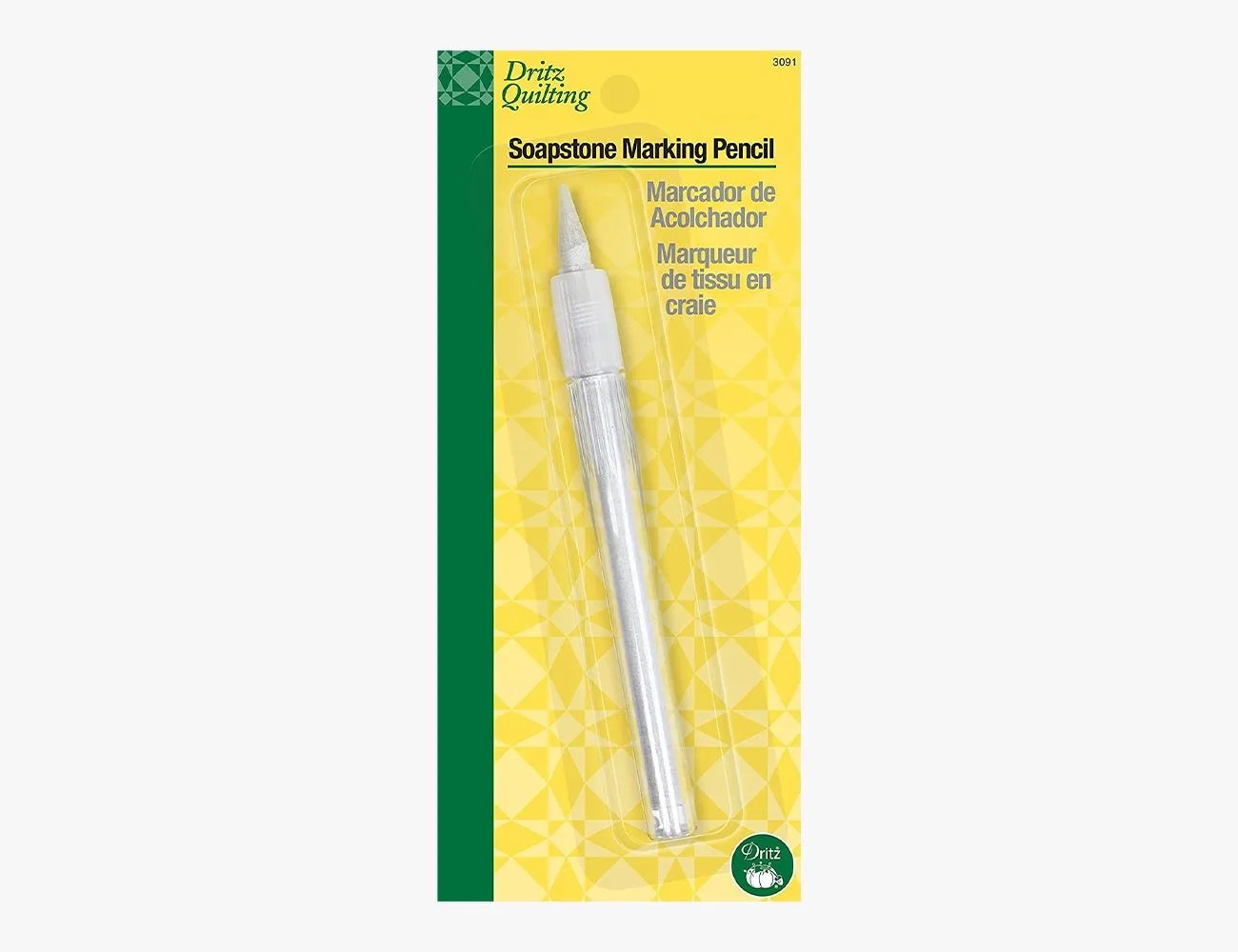Whether through the desire to let off perspiration or show off a pump, there’s plenty of room for a well-trimmed cut-off in any training wardrobe. Maybe your workout shirts just don’t have the ventilation you’d like. Maybe you’re enamored with your vintage t-shirt collection but are running out of day-to-day looks. Maybe you just arrived on campus for your sophomore year and need to flaunt that last growth spurt. There’s always a reason to stay a cut above the average gym-goer.
But you can’t just go slashing and hacking through your top with the hopes of creating that signature sleeveless silhouette. Like your trusted barber, you need to follow a process and use the right tools. Thankfully, we’ve sliced our fair share of sleeves in the past, and have a foolproof solution to turning that raggedy t-shirt into every gym bro’s home jersey. With the right guidance, you, too, can create the perfect cut-off that’s primed for showing off those guns this year.
A Quick Caveat…
Some may argue that a cutoff is only at home in bro-science fitness culture, but I beg to differ. There are plenty of environments outside of the gym — or frat house mixer — where a cut-off can be the perfect companion. Working in the yard yet don’t want to dirty a typical t-shirt? Cut-off. Tailgating your favorite sports team or music festival? Cut-off. Have a bunch of old t-shirts that need upcycled for continued use? Cut-off!
Do cut-offs favor the bro-centric gym goers? Maybe. Should you write it off because of that? Absolutely not. If you want to wear one, wear one. Now, let’s put the cloth-based classism aside and get into how to construct these behemoths of bicep-boasting bravado.








